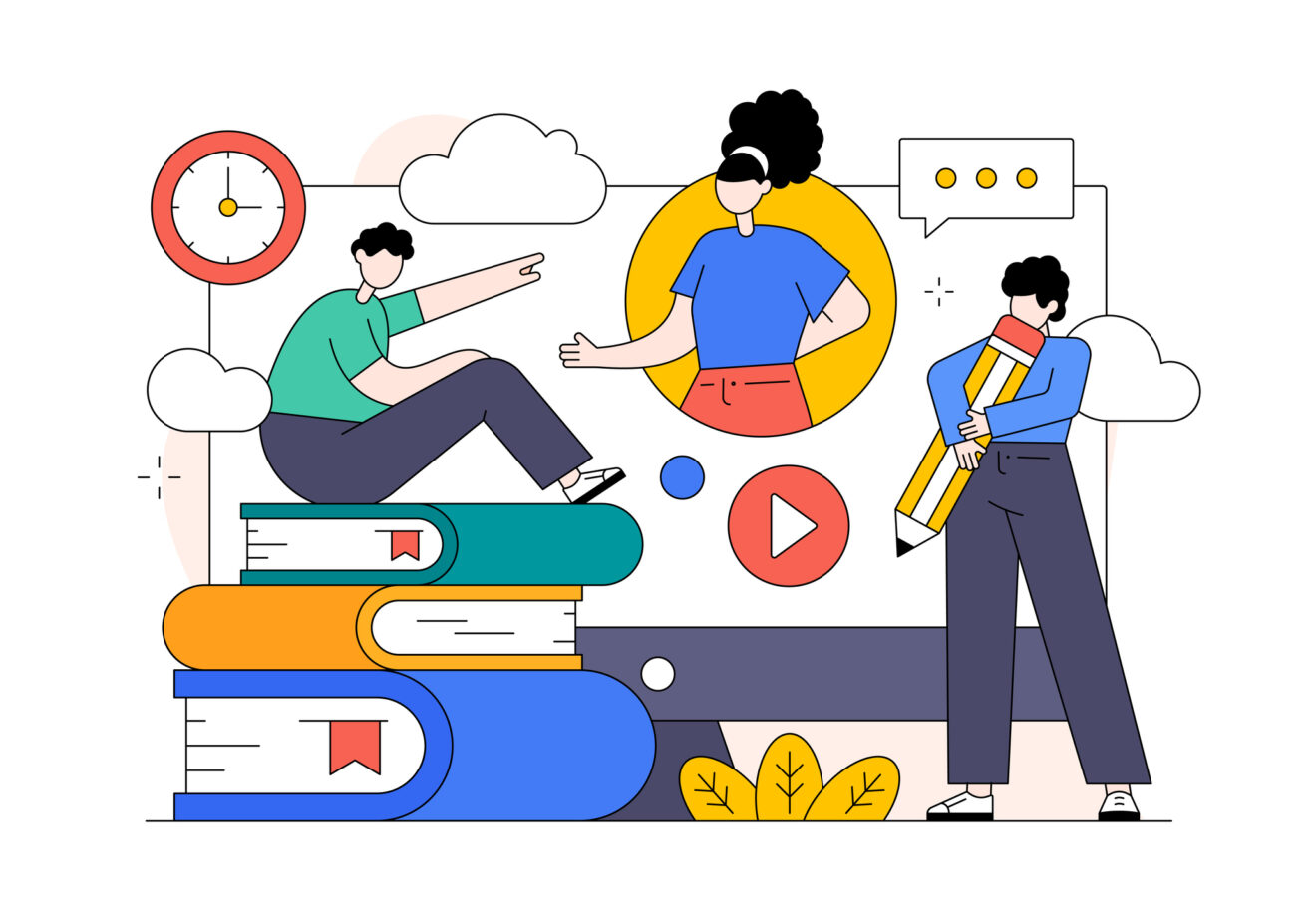Every year when I walked into my classroom, I was excited by the opportunity to help the next generation of students discover their life’s passion.

I approached the task at hand as I’d been trained to teach — delivering an overarching lecture to a diverse group of students, working through a problem as a whole group, giving students an assignment to work on individually, and administering an exit ticket to assess learning. No matter how my students performed, the next day, we’d move on to the next lesson.
It didn’t take me long to realize that this was a fundamentally flawed structure. The outdated, one-size-fits-all teaching model — which has remained unchanged for decades — failed to address the varying academic and social-emotional needs of my students. Students who were unable to master the content, as well as those who felt unchallenged or bored, were completely disengaging from the learning experience.
To understand the limitations of the traditional models of teaching that rely on live lectures and fixed-paced learning, imagine three students in the same ninth-grade class:
- Roger lacks the foundational skills to readily grasp new material and, as a result, continues to fall behind and test below grade level. Unfortunately, it confirms his fears that he’s just not good at school.
- Sophia shows proficiency in the subject matter but often misses class to care for a sick parent. She quickly develops learning gaps due to frequent absences with little opportunity to catch up, and when she is in class, her attention is elsewhere. With mounting responsibilities, she begins to lose hope.
- Mirabel understands the coursework and continually tests above grade level. She soon grows bored and detached. Her potential is stifled, and she wishes she could move ahead to more stimulating coursework.
It’s no surprise the conventional teaching model leaves students frustrated. But they’re not the only ones struggling. The daily task of meeting each of these students’ needs — while also providing continuous learning to other students in the class — can feel like an unconquerable task to teachers. Without the tools, time and resources necessary to support students as they seek to master new content, educators can burn out and second-guess the profession they once thought would be rewarding.
A classroom transformed with self-paced learning
I spent years supporting countless students who had a broad diversity of needs like the Rogers, Sophias and Mirabels. I grew frustrated with my inability to meet students’ needs effectively and was burning out.
Eventually, my colleague and I created a new method of teaching: a flexible, self-paced learning model that leveraged technology to unleash my time to meet each student where they were, work with students one-on-one and in small groups, and assess them on mastery.
The approach is based on three core principles to help students build their confidence as self-directed learners.
- Blended instruction. Through our model, teachers aren’t replaced by technology — they’re multiplied. Educators trade out traditional lectures for videos they record, giving students unlimited access to content. Roger can pause and rewind until he understands the concept; Sophia can catch up on coursework at home; and Mirabel can skip content she already knows. Their teacher is free to work closely with students during class time, addressing students’ individual needs and building more personal connections.
- Self–paced structures. Students can learn at their own pace. Roger and Sophia are provided with the time they need without falling behind, while Mirabel can move on without waiting on her classmates. The teacher closely tracks their progress and provides data-driven support as needed.
- Mastery-based assessments. Only once a lesson has been mastered can a student move on. Mastery checks after each lesson allow teachers to monitor each student’s progress to ensure Roger and Sophia have a solid foundation for the next lesson. If they don’t, the teacher will work with them one-on-one until they understand the material enough to demonstrate their mastery. At the same time, Mirabel can demonstrate her understanding of skills and move on to accelerated content.
The beauty of this model is that students take ownership of their learning for a truly individualized classroom experience. They no longer feel the stress of keeping up with classmates or calling it quits when they struggle with material. By learning at their own pace and having their teachers and peers serve as their support system, students experience higher levels of self-efficacy, master new skills and feel their anxiety drop.
Scaling this new learning style
In 2018, we launched the Modern Classrooms Project, a nonprofit committed to scaling our innovative, self-paced learning approach. Our research-backed instructional model has been used by over 50,000 teachers across the world, helping educators center the student as the leader of their learning. We’ve taken the best practices we identified within our own classroom experiences and created a scalable model any school can tailor to their students’ needs. Once the traditional learning environment was disrupted, our partner districts saw significant increases in their students’ ability to direct their own learning, complete challenging assignments and master new content, and teachers expressed more joy, hope and optimism about their profession.
For a field that should be innovative in its approach to preparing students for the future, K-12 education continues to be stuck in a “this is how it’s always been done” mentality and then wonders why our students are struggling. By unlearning an antiquated teaching approach and leveraging technology and self-paced learning, we can create the classroom of the future today — one in which every student feels appropriately challenged and supported, and every teacher feels effective, empowered and more deeply committed to their profession.
Kareem Farah is the CEO and co-founder of the Modern Classrooms Project, a nonprofit dedicated to empowering educators to build classrooms that respond to every student’s needs. See the student outcomes and teachers’ input in this report.
Opinions expressed by SmartBrief contributors are their own.
_________________________
Subscribe to SmartBrief’s FREE email ASCD newsletter to see the latest hot topics in education. It’s among SmartBrief’s more than 250 industry-focused newsletters.
